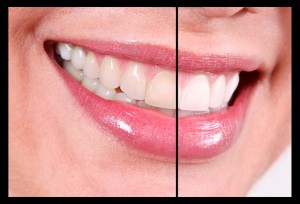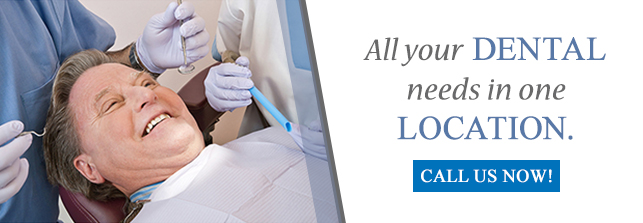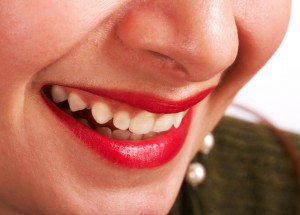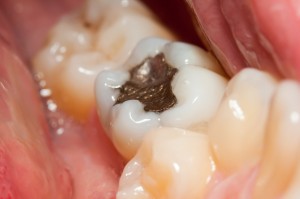 Tooth whitening has become very popular in recent years. Having beautiful white teeth can improve your self-esteem and confidence. With many different products available on the market today, it can be hard to find the dental procedure that is right for you.
Tooth whitening has become very popular in recent years. Having beautiful white teeth can improve your self-esteem and confidence. With many different products available on the market today, it can be hard to find the dental procedure that is right for you.
Our dental office is the perfect place to obtain all the information you need on how to whiten your teeth. The clinic has eleven fully qualified dentists that can perform a number of procedures to help you gain the beautiful smile you seek. The options include:
Bleaching: Bleaching is one of the easiest ways to whiten your teeth. It is cost effective and the procedure can be performed in less than an hour at your dental surgery. The process begins by having a custom mouth piece fitted. A bleaching solution is applied to your teeth and the mouth piece is put in place for around an hour. When the mouth piece is removed, your teeth will feel clean and look whiter.
Why should you see a dentist for bleaching over a DIY Kit? Custom made mouth pieces stop the whitening solution from escaping and affecting other areas of your body. Over-the-counter kits use generic mouth pieces that can leak. Pitting, uneven whitening and nerve damage can occur from improper bleaching.
Laser Treatment: Â A whitening solution is applied your stained teeth. A laser is used to activate the solution and remove discoloration quickly. Over the course of an hour your teeth will become noticeably whiter. The laser whitening dental procedure produces faster results than a standard bleaching treatment.
Crowns: Crowns are caps which are placed over a tooth that is permanently discolored or chipped. The crown is used to restore the tooth to its natural shape and appearance. Crowns last a long time and look just like your other teeth. It’s the perfect solution for people who want to keep their original teeth.
Plastic and Porcelain Veneers: Many people opt for veneers over bleaching. Veneers hide discoloration, chips, uneven or damaged teeth. They look just like your teeth and no one will be able to tell the difference. Why not call our dental office and talk to them about having veneers applied to your teeth? The staff is helpful and friendly and will talk to you about the different types of veneers that would suit your needs.
Bonding: If your teeth are slightly decayed or pitted, bonding might be the answer for you. Bonding is a tooth-colored substance which covers gaps, pitting and staining on your teeth. It can be applied in just one visit and will last for years to come. Bonding is cost effective and provides an alternative to veneers.
Please call our dental office and make an appointment to have your teeth properly assessed. The clinic will check for mouth infections, gum disease or tooth decay before recommending further treatment. The above conditions can all lead to discoloration of your teeth and need to be addressed to ensure future dental procedures will be successful. We look forward to seeing you in our dental surgery soon.
 If you are missing a tooth, there are many factors to consider when creating a treatment plan to replace your tooth. There are two approaches, either an implant-supported crown or fixed dental bridge, which both offer reasonable solutions for patients.
If you are missing a tooth, there are many factors to consider when creating a treatment plan to replace your tooth. There are two approaches, either an implant-supported crown or fixed dental bridge, which both offer reasonable solutions for patients. Porcelain veneers offer a simple, non-invasive solution for chipped, broken and discolored teeth. This dental procedure is a fairly painless process and can be completed in a few visits. Using porcelain veneers has many benefits both for the appearance and health of your teeth.
Porcelain veneers offer a simple, non-invasive solution for chipped, broken and discolored teeth. This dental procedure is a fairly painless process and can be completed in a few visits. Using porcelain veneers has many benefits both for the appearance and health of your teeth. Keeping your teeth and gums healthy during pregnancy have many benefits for you and your baby. Your body undergoes many changes during pregnancy and some of these can affect the health of your gums and teeth. During pregnancy our hormones change. Fluctuating hormones can cause dental problems or make existing dental problems worse, like loose teeth, gum disease, pregnancy tumors on gums and tooth decay. The most common issue pregnant women experience is pregnancy gingivitis and it typically settles down after a mother gives birth.
Keeping your teeth and gums healthy during pregnancy have many benefits for you and your baby. Your body undergoes many changes during pregnancy and some of these can affect the health of your gums and teeth. During pregnancy our hormones change. Fluctuating hormones can cause dental problems or make existing dental problems worse, like loose teeth, gum disease, pregnancy tumors on gums and tooth decay. The most common issue pregnant women experience is pregnancy gingivitis and it typically settles down after a mother gives birth.

 A diet rich on vegetables, nuts and fruits
A diet rich on vegetables, nuts and fruits There are a lot of repercussions to the teeth in the mouth of a person battling eating disorders. Such negative effects could include the loss of teeth, gum problems and erosion of the enamel on the tongue side of the teeth due to the acids involved in bulimia. In addition, people with eating disorders lack nutrients that can result in osteoporosis, weakening of the bones in the jaw that support the teeth and this may lead to tooth loss. More so, many individuals with such disorders suffer from bleeding gums, burning of the tongue and dry mouth due to decreased salivary flow and swollen glands.
There are a lot of repercussions to the teeth in the mouth of a person battling eating disorders. Such negative effects could include the loss of teeth, gum problems and erosion of the enamel on the tongue side of the teeth due to the acids involved in bulimia. In addition, people with eating disorders lack nutrients that can result in osteoporosis, weakening of the bones in the jaw that support the teeth and this may lead to tooth loss. More so, many individuals with such disorders suffer from bleeding gums, burning of the tongue and dry mouth due to decreased salivary flow and swollen glands. Chronic severe headaches are an affliction that affects one in eight Americans. Most headaches stem from muscle tension. Many tension headaches can be related to your bite and your dentist might be able to help ease that tension and pain.
Chronic severe headaches are an affliction that affects one in eight Americans. Most headaches stem from muscle tension. Many tension headaches can be related to your bite and your dentist might be able to help ease that tension and pain. Amalgam fillings have been one of the most popular dental filling materials since the nineteenth century. Amalgam is an alloy including 15% tin and 35% silver (sometimes copper is used to replace silver), a little bit of zinc is also required along with mercury which consists of almost 50%. This amalgam filling or mercury filling is quite useful to fill dental cavities. It is also called a silver filling, because of its color.
Amalgam fillings have been one of the most popular dental filling materials since the nineteenth century. Amalgam is an alloy including 15% tin and 35% silver (sometimes copper is used to replace silver), a little bit of zinc is also required along with mercury which consists of almost 50%. This amalgam filling or mercury filling is quite useful to fill dental cavities. It is also called a silver filling, because of its color.